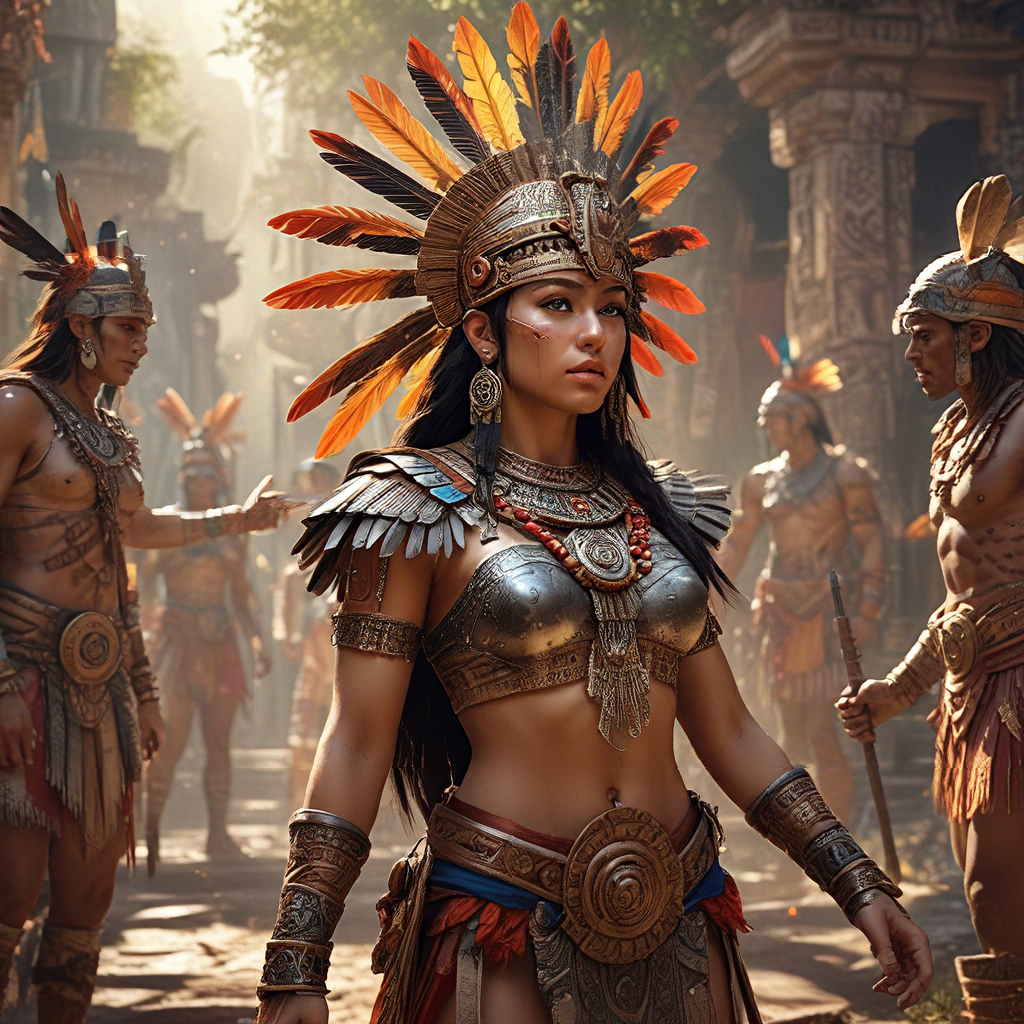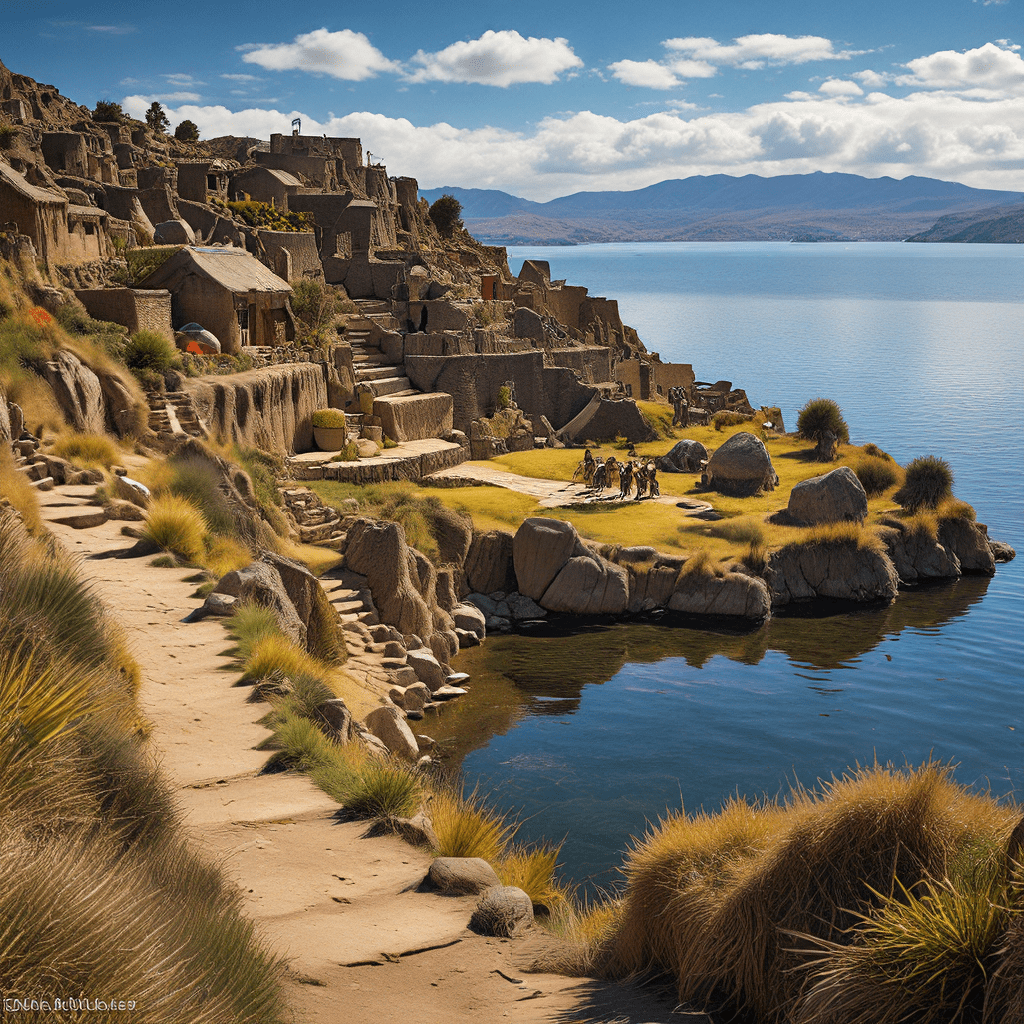Thai Mythology: A Realm of Divine Guardians
Thai mythology is a rich tapestry of ancient tales, epic legends, and divine beings, weaving a fascinating world of spirits, mythical creatures, and powerful artifacts. These tales capture the essence of Thai culture, reflecting its values, beliefs, and deep connection to the supernatural. In this vibrant realm, artifacts and relics play a crucial role, imbued with mystical powers and often associated with significant historical events or legendary figures. These objects are more than just tangible items; they serve as guardians of ancient wisdom, reminders of the past, and symbols of hope and protection.
The Power of Artifacts and Relics in Thai Culture
Throughout Thai history, artifacts and relics have played a profound role in shaping the nation's cultural identity and spiritual beliefs. These objects are not merely historical relics; they are revered as embodiments of divine power, representing the ancestors, gods, and spirits that watch over the land and its people. Their presence evokes feelings of reverence, respect, and awe, reminding people of the enduring legacy of Thai culture. They are often associated with specific rituals, ceremonies, and traditions, binding the past with the present and ensuring the continuity of cultural heritage.
The Significance of Guardianship in Thai Mythology
The concept of guardianship is deeply ingrained in Thai mythology. Divine beings, spirits, and even inanimate objects are believed to possess the power to protect individuals, communities, and the nation as a whole. Artifacts and relics are often seen as vessels for this protective power, serving as guardians against harm, misfortune, and evil spirits. They may be worshipped, honored, or simply carried as amulets, providing a sense of security and comfort in a world where the unseen forces are believed to hold significant influence.
The Legend of the Emerald Buddha: A Sacred Relic
One of the most revered relics in Thailand, the Emerald Buddha, is a statue carved from jade and enshrined within the Wat Phra Kaew temple in Bangkok. According to legend, the statue was discovered by a farmer in the 15th century and was subsequently recognized as a sacred relic. It is believed to house the spirit of Buddha, emanating spiritual energy and offering blessings to those who visit. The Emerald Buddha is considered a symbol of national unity, a source of inspiration, and a reminder of Thailand's Buddhist heritage.
The Phra Phuttha Maha Mani Ratana: A Symbol of Prosperity
The Phra Phuttha Maha Mani Ratana, also known as the Great Diamond Buddha, is another significant relic revered in Thailand. It is a golden statue adorned with precious gems, said to possess immense power and bring good fortune and prosperity. The statue is believed to have been created by a divine being and was subsequently discovered by a king who established a temple to house the relic. It remains a symbol of wealth, power, and the enduring spirit of Thai culture.
The Significance of Ancient Swords in Thai Mythology
In Thai mythology, swords hold immense significance, transcending their practical function as weapons. They represent power, protection, and the warrior spirit. Ancient swords are often associated with legendary heroes and kings, symbolizing their strength, courage, and ability to defend their people. One such legendary sword is the "Krating," a mythical blade said to have been forged from meteorite iron. It was possessed by a legendary warrior, Khun Phaen, who used it to protect his kingdom and vanquish evil. These swords are often depicted in Thai art and literature, serving as powerful reminders of Thai history and culture.
The Role of Amulets and Charms in Daily Life
Amulets and charms play a significant role in the daily lives of many Thais. These small objects, often made from precious metals, wood, or bone, are believed to possess supernatural powers capable of providing protection, good luck, or fortune. Popular amulets include "Phra Khruang," small Buddha images, which are believed to offer spiritual guidance and protection from harm. "Takrut," inscribed metal cylinders, are often worn around the neck to ward off evil spirits and attract good fortune. These amulets are often blessed by Buddhist monks, adding to their perceived power. While some may dismiss these practices as superstition, for many Thais, these objects serve as reminders of their faith and provide a sense of security in an unpredictable world.
Theories on the Origins of Thai Mythological Artifacts
The origins of Thai mythological artifacts are shrouded in mystery and often intertwined with the country's rich history and cultural influences. Some artifacts, like the Emerald Buddha, have specific origin stories, while others are more rooted in oral tradition and legends passed down through generations. Researchers believe that many Thai artifacts have their roots in ancient Hindu and Buddhist beliefs, adopted and adapted by Thai cultures over centuries. The use of precious metals, gems, and intricate designs suggests a connection to ancient Southeast Asian traditions, where these materials were often associated with spiritual power and divine favor. Archaeological discoveries continue to shed light on the origins of these artifacts, allowing historians to piece together a more complete understanding of Thai cultural history.
The Influence of Hinduism and Buddhism on Thai Mythology
Hinduism and Buddhism have left an indelible mark on Thai culture and mythology. Many Thai legends and beliefs have roots in Hindu mythology, with deities like Brahma, Vishnu, and Shiva finding their place in Thai folklore. The influence of Hindu epics like the Ramayana is evident in Thai literature and art, with stories of Rama, Sita, and Hanuman often reinterpreted in a Thai context. Buddhism, however, became the dominant religion in Thailand, shaping the nation's spiritual landscape. Buddhist teachings and rituals are deeply integrated into Thai society, and Buddhist symbolism is prevalent in art, architecture, and daily life. Mythological artifacts often depict Buddhist deities and themes, reflecting the enduring influence of Buddhism on Thai culture.
The Preservation and Transmission of Thai Mythological Artifacts
Preserving and transmitting Thai mythological artifacts is a crucial aspect of safeguarding the nation's cultural heritage. Museums, temples, and private collectors play a vital role in preserving these artifacts, offering glimpses into Thailand's rich past. Educational institutions and cultural organizations work to educate future generations about the significance of these objects and the stories they represent. The use of modern technologies, like digital archives and virtual museums, helps to ensure that these artifacts remain accessible to a wider audience, fostering greater appreciation and understanding of Thai culture. These efforts are essential for ensuring the continuity of Thai cultural heritage and inspiring future generations to appreciate the unique tapestry of Thai mythology.
FAQ
What is the significance of artifacts in Thai mythology?
Artifacts in Thai mythology are more than just objects; they are imbued with spiritual power, representing deities, ancestors, and mythical creatures. They serve as guardians of history, reminders of past events, and symbols of protection and good fortune.
What are some examples of important artifacts in Thai mythology?
The Emerald Buddha, the Phra Phuttha Maha Mani Ratana (Great Diamond Buddha), and legendary swords like the “Krating” are examples of significant artifacts in Thai mythology. They are revered for their perceived power and are symbols of national unity, prosperity, and martial prowess.
How do amulets and charms play a role in Thai culture?
Amulets and charms are believed to possess supernatural powers, providing protection, good luck, and fortune. They are often worn or carried by Thais as a form of spiritual security and a reminder of their faith.
How has Hinduism and Buddhism influenced Thai mythology?
Both Hinduism and Buddhism have played significant roles in shaping Thai mythology. Deities from Hindu mythology are incorporated into Thai folklore, while Buddhist teachings and rituals are deeply integrated into Thai society.
What are the efforts to preserve Thai mythological artifacts?
Museums, temples, and organizations work to preserve and transmit these artifacts through exhibitions, educational programs, and digital archives. These efforts aim to ensure that future generations understand the cultural significance of these objects and appreciate the rich tapestry of Thai mythology.



